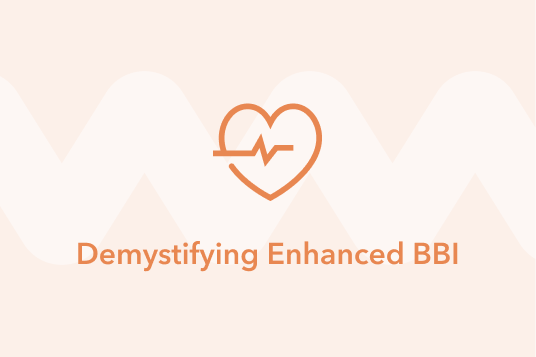Compatible Devices
With our wide range of wearables that can collect everything from basic heart rate and steps to more granular heart rate interval and IMU data, you’ll be sure to find the best device to suit your research project needs.
.webp)

Recommended Devices
.webp)
Garmin vívosmart® 5
- Beat to Beat Interval
- Steps
- Heart Rate
- Oxygen Saturation
- Respiration
- Accelerometer
.webp)
Garmin vívoactive® 5
- Beat to Beat Interval
- Steps
- Heart Rate
- Oxygen Saturation
- Respiration
- Accelerometer
- Naps
- Wheelchair Activities

Movesense HR2
- RR-Interval
- ECG
- IMU
- Accelerometer
- Gyroscope
- Magnetometer

Garmin Index™ BPM
- Systolic
- Diastolic
- Pulse

Garmin Index™ S2 Smart Scale
- Muscle Mass
- Bone Mass
- Body Water
- Body Fat
- BMI
- Weight
.webp)
Dexcom G7 CGM
- Continuous glucose monitoring

We’ve partnered with Garmin and Movesense to offer exclusive discounts to academic researchers. Contact us if you are interested in buying devices for your project.
Full Device List
Garmin
Movesense
Dexcom
Our Partnerships
Garmin
Partnering with global wearable technology leader Garmin allows us to offer devices with an established reputation in the scientific community.

.webp)
Movesense
Through our partnership with Movesense, you can use Labfront to capture IMU data and accurate ECG RR-interval.

.webp)
Frequently asked questions
We're here to help with any questions you have about devices compatible with Labfront. Don't hesitate to contact us at support@labfront.com.
.svg)
We recommend creating a free account first to test out the features of the platform. You can create a project and invite participants to join in minutes. Check out the full guide on getting started in our Help Center.
.svg)
Once you’ve selected a wearable from our list of compatible devices, you can purchase directly from Movesense or Garmin, or you can contact us via support@labfront.com and we’ll be happy to guide you through the buying process. You'll also be eligible for a device discount.
.svg)
There sure are! Our partnerships with Garmin and Movesense gives Labfront users access to select discounts. If you want to buy devices in bulk for a discount, please contact us at support@labfront.com. We also suggest taking a look at our Partner Perks page.
.svg)
Labfront is currently compatible with select Garmin, Movesense and Dexcom devices, but we plan to add more devices in the near future. Check our full list of compatible devices.
.svg)
Yes, the same device can be used with multiple participants in a study. However, with regards to participant count, every new participant that is created to collect data in Labfront counts as one participant. For example, if you use 10 participants on one device, it would count as 10 participants.
.svg)
Garmin devices have been used successfully for physiological data collection across many different types of research projects, including clinical trials. As with any wearable sensor, the quality of data collection depends on the amount of extra signal noise. Device fit, device usage, and motion intensity all affect the resulting accuracy.
- For more tips and advice about getting the best performance for heart rate accuracy, please visit https://support.garmin.com.
- For more tips and advice about getting the best performance out of your Garmin device, please visit https://support.garmin.com/.
- For further details about pulse ox and heart rate accuracy, please visit https://www.garmin.com







.svg)


.webp)





.svg)